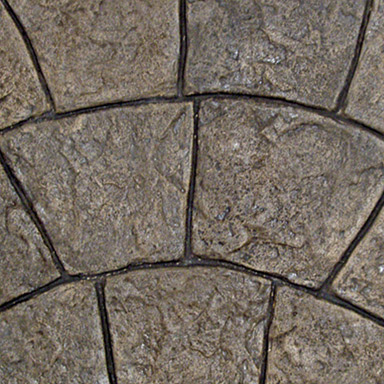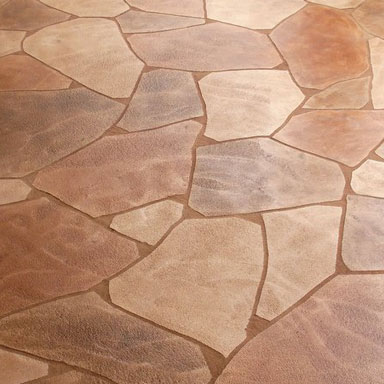Concrete Craft FAQs
There are many advantages of concrete flooring. Concrete Craft’s products are, without a doubt, beautiful, but you may have some questions about stamped concrete, stained concrete, decorative concrete overlays, or other services that we offer. Check out this list of Frequently Asked Questions to see if we can answer any of your concrete questions online!




